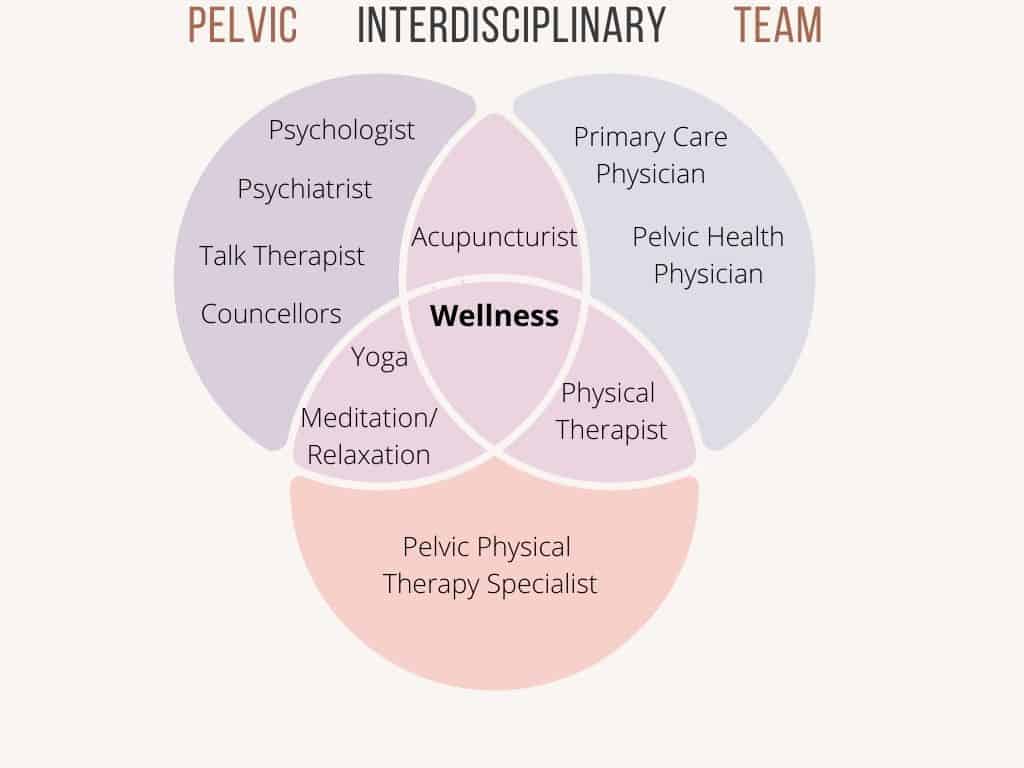The Inter-connectivity of Mental Health and Physical Therapy

Phrases like “Relax your face”, “Drop your shoulder”, or “Take a breath” all come down to the same thing. Your body is carrying too much tension and it shows. The usual suspects include the jaw, shoulders/upper back, and pelvic floor. Thankfully (and unfortunately) no one has developed the ability to see through your clothes to your pelvic floor. People can’t see the trauma or injury within the pelvis and so they may be unable to understand your pain. Compare this to the immediate empathy some have when they see someone in a sling or walking with a cane.
The Pelvic Floor Connection
Knock on affects from tension held in the pelvic floor do have tell tale signs though. Your breathing is usually affected almost immediately since the pelvic floor and respiratory diaphragm work in sync with each other moving in the same direction with every breath. The rib cage, shoulders and back can become stiff and sore as a result.
The pelvic floor is right beside your lower jaw in the homunculus (the area of the brain that has your entire body mapped out). As a result the pelvic floor may incur physical changes when tension and other negative emotions or experiences occur. The pelvic floor is held in a tightened position as if attempting to protect it from further injury,m similar to how some individuals curl into a fetal like position when in chronic pain. This may lead to chronic and debilitating pelvic pain, which is missed by the naked eye.
Mental Health and Pelvic Health
It’s the main reason why many pelvic health physical therapists recommend seeing a mental health therapist, whether it’s a psychiatrist, psychologist, mental health counselor or a talk therapist. Some pelvic health pain syndromes are driven purely by mental health illnesses that cause physical health issues within the body.
Physical, behavioral, and mental health are inseparably interconnected within overall health and well-being.
APTA
Mental illness is the third highest disease hardship behind cancer and cardiovascular disease. Physical therapy education includes some aspects of mental health so that physical therapists may be able to guide and refer patients for mental health therapy.
Recommended Mental Healthcare Team
Therefore an interdisciplinary team of a physical therapist, mental health practitioner and a referring pelvic health doctor may be the best solution to managing more complex conditions. This way all aspects of ones health can be addressed by individual specialists to improve physical, behavioral and mental health all at the same time.
Many individuals with mental health conditions have a higher prevalence of cardiovascular and respiratory disease. These individuals see a huge improvement in chronic disease and mental health conditions with exercise and physical therapy. The benefits of exercise have been shown countless times and the improvements extend into more than just improving general strength and endurance.








